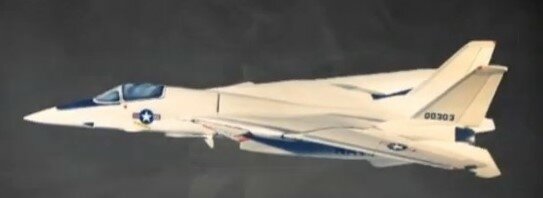An early model, the G-303-1, I believe of the late 60's VFAX program featured canted outward vertical stabilizers like the YF-17 and F/A-18 family

This feature was dropped in the later VFX program that resulted in the F-14 does anyone have an idea as to why and also what would be the effect of having a Tomcat with canted stabs

This feature was dropped in the later VFX program that resulted in the F-14 does anyone have an idea as to why and also what would be the effect of having a Tomcat with canted stabs
